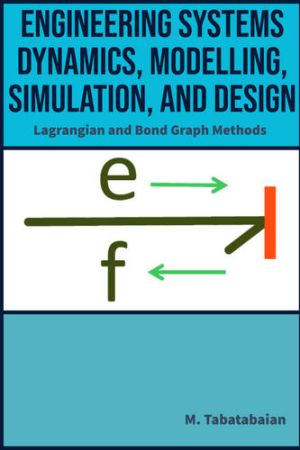Why Did ISRO Delay SpaDeX Space Docking Experiment for the Second Time?
The Indian Space Research Organisation (ISRO) has postponed the Space Docking Experiment (SpaDeX) for the second time, citing excessive drift between the satellites during manoeuvres. The mission, which aims to demonstrate docking and undocking technology critical for future space missions, was originally scheduled for Tuesday and then moved to Thursday before being delayed further.

The Indian Space Research Organisation (ISRO) has delayed its ambitious Space Docking Experiment (SpaDeX) for the second time. Initially scheduled for Tuesday and rescheduled for Thursday, the experiment was halted once again on Wednesday. Officials cited an excessive drift between the mission satellites during manoeuvres as the reason for the postponement. The new date for the docking attempt has not been disclosed. The agency confirmed that the satellites remain safe, with further updates awaited.
Space Docking Experiment Objectives
According to ISRO, SpaDeX is designed to demonstrate critical technology for spacecraft rendezvous, docking, and undocking. Two 220-kg satellites launched on December 30 by a Polar Satellite Launch Vehicle (PSLV) are central to this mission. These satellites are in a 470-km circular orbit and will simulate complex docking manoeuvres essential for future missions, including satellite servicing, space station operations, and interplanetary travel.
Mission Specifics and Challenges
ISRO has outlined that the mission involves a chaser and target satellite operating at speeds of 28,800 km/h, appearing stationary due to zero relative velocity. The chaser will gradually approach the target, reducing distances to 5 km, 1.5 km, 500 m, and finally to 3 m for docking. At the point of contact, the chaser will move at 10 nanometres per second.
The success of the experiment will be determined by transferring electrical power between the satellites post-docking. The satellites will function as a single entity before undocking and resuming independent operations.
Expert Insights on Preparations
ISRO Chairman S. Somanath, while speaking to multiple media outlets, stated that the docking would only proceed after full sensor calibration and successful ground simulations of all scenarios. These meticulous preparations are intended to ensure safety and precision before the spacecraft autonomously attempt docking.
The mission's outcome will mark a significant milestone for India, adding to global advancements achieved by the US, Russia, and China in space docking technology.












)


























































